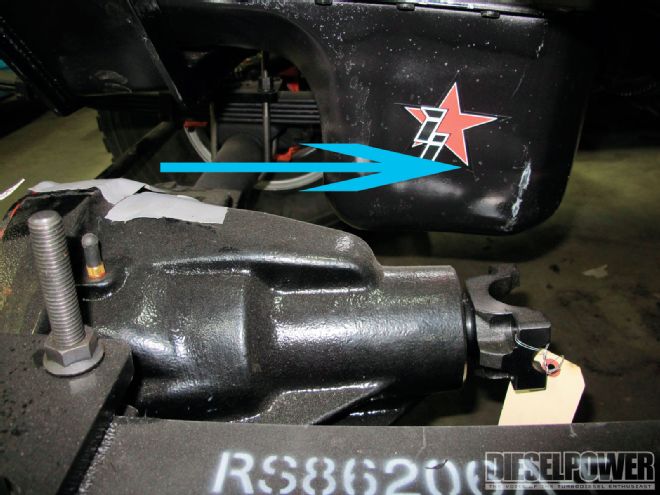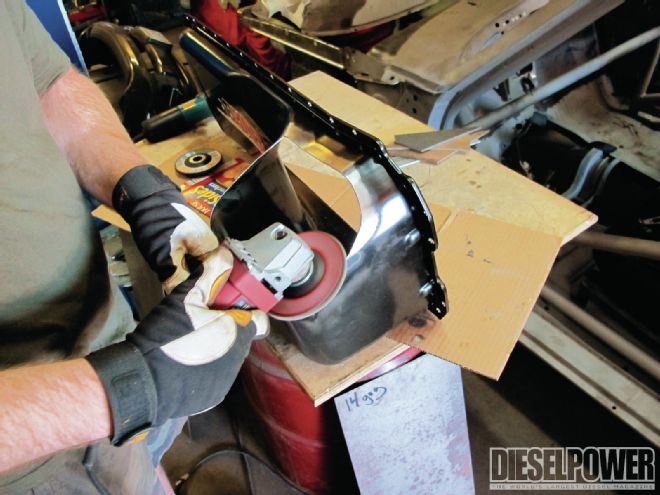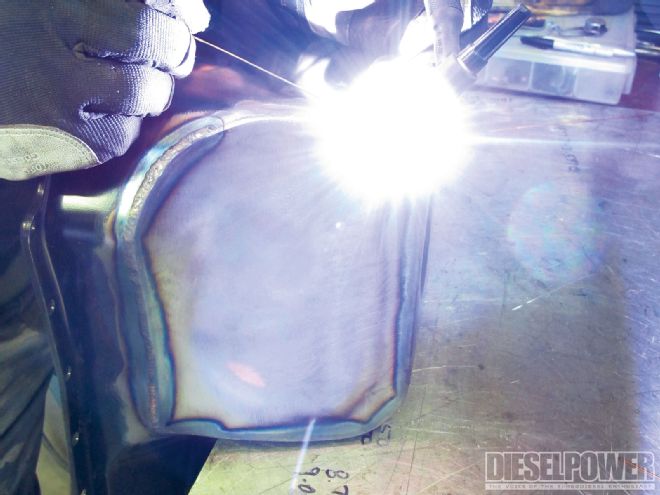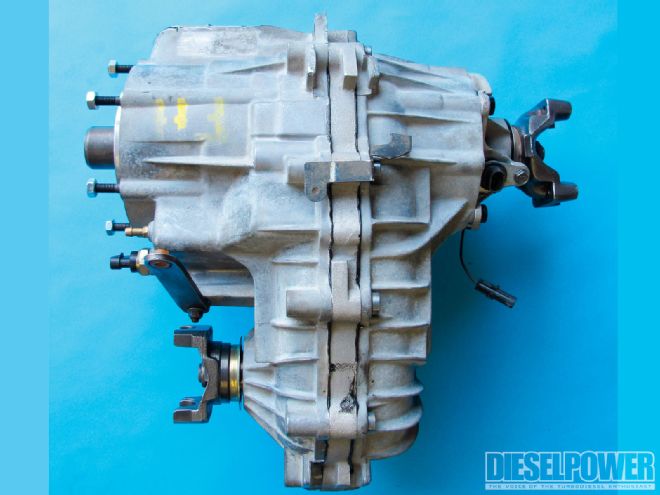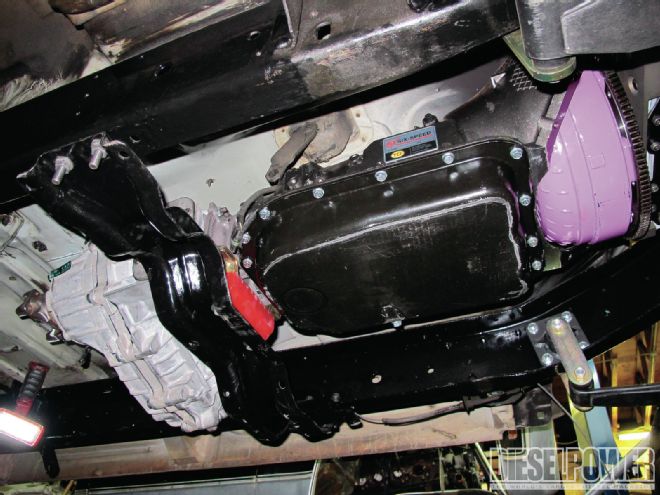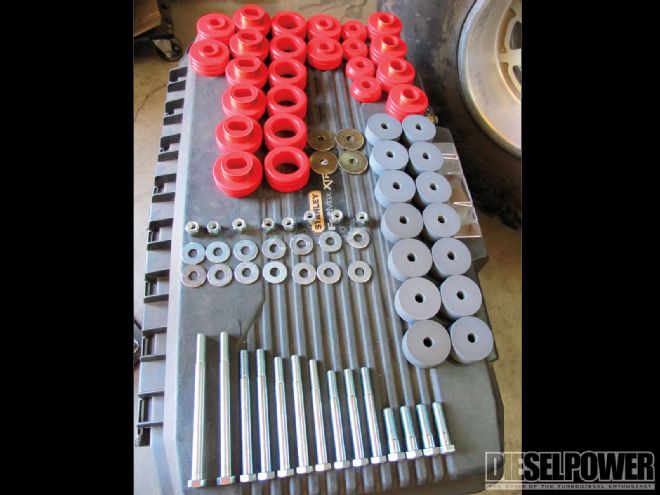1991 GMC Suburban: Doomsday Diesel Part 6
When building a diesel truck you want to last, less is always more. Less plastic means more steel, fewer electronics means more reliability, reduced options means more capacity, and zero spark plugs means more power and fuel economy.

| Doomsday Diesel is a ’91 GMC Suburban 2500 that began life with a gas engine. Now it has a ’95 12-valve Cummins built by Industrial Injection between the framerails.
When we began our 5.9L Cummins-powered Doomsday Diesel project back in the January ’12 issue, we knew we wanted a low-tech truck that would be too simple to fail, yet easy to fix if it ever stopped running. We didn’t anticipate we’d be replacing or rebuilding everything that spins or holds fluid on this ’91 GMC Suburban —but that’s what we’ve done. As you can imagine, it’s taken us longer than we expected.

| Mercenary Offroad’s Todd Farrand pulled the engine and TCI 6X (based on a GM 4L80E) so he could modify the pan.
Why have we gone this far? Well, building a vehicle that will function through the apocalypse required an assembly of parts that we could be certain wouldn’t fail. The best way to gain that certainty was to inspect each critical component. The systems deemed worn out were rebuilt, those pieces seen as weak were upgraded, and the creature comforts discovered to be unnecessary were removed.
When Doomsday Diesel is complete, we expect to have an all-terrain vehicle with a 1,000-mile fuel range, seating for four, and virtual (if not actual) bulletproof durability. The true test of this machine will be an escape from Los Angeles scenario, in which we see what it really takes to escape this booby-trapped metropolis after society crumbles. Or we’ll just try to drive out of town on the Friday afternoon before Labor Day weekend.

| We planned to keep the Suburban’s original vacuum brake booster and master cylinder, but in order to get the most out of our new four-wheel EBC disc brakes, and to make sure the injection pump won’t hit the master cylinder (arrow), we’re ditching it in favor of a Hydroboost system.
